Things You Can Do to Make Your Logo Design Stand Out

Source: Elis Kamesoglu, Nectar Ventures, Behance, https://www.behance.net/gallery/182725711/Nectar-Ventures
Creating a standout logo design involves more than just choosing colors and fonts. It requires strategic thinking, creativity, and an understanding of the brand’s values and target audience. From selecting the right color palette to experimenting with unique typography, every design element plays a vital role in the logo’s effectiveness.
A memorable logo not only enhances brand recognition but also builds trust and credibility. It serves as the face of the brand, representing its personality and promise to customers. With so many logos vying for attention, how can you make your design truly stand out?
This article explores proven strategies to help you create a logo design that captivates audiences and leaves a lasting impact. Whether you are a professional designer or a business owner, these practical tips will guide you in crafting a powerful and memorable logo.
Keep It Simple and Memorable
One of the most effective strategies in logo design is to keep it simple and memorable. A simple logo design is easy to recognize and recall, making it more likely to resonate with your target audience. Complex logos with intricate details may look impressive at first glance, but they can be difficult to reproduce and lose their impact when scaled down.
Simplicity does not mean boring. It means stripping down the design to its essential elements, allowing the core message of the brand to shine through. Think of iconic logos like Nike’s swoosh or Apple’s bitten apple – they are minimalistic yet instantly recognizable. These logos communicate a brand’s identity without unnecessary embellishments.
To achieve simplicity, focus on clean lines, limited color palettes, and minimal text. Avoid excessive gradients, shadows, and textures that can clutter the design. Every element should serve a purpose, reinforcing the brand’s message and values.
A memorable logo design also relies on uniqueness. Avoid generic symbols and clichés. Instead, aim for originality by exploring abstract representations and clever visual metaphors. When a logo is both simple and memorable, it becomes a powerful tool for brand recognition and loyalty.
Use Unique Typography
Typography plays a significant role in logo design, influencing how the brand is perceived. Using unique typography can make your logo design stand out by adding character and personality. The right typeface can communicate professionalism, creativity, elegance, or playfulness, depending on the brand's identity.
Custom typography is an excellent way to ensure uniqueness. Creating a custom typeface or modifying existing fonts allows you to design a logo that is truly one-of-a-kind. This approach ensures that no other brand has the same typography, giving your logo a distinct identity.
When choosing typography for logo design, consider readability and scalability. The text should be legible in all sizes, from business cards to billboards. Avoid overly decorative fonts that may look good in large formats but become difficult to read when scaled down.
Combining different typefaces can also create visual contrast and hierarchy. Pairing a bold, attention-grabbing font with a subtle, elegant one adds depth to the design. However, it’s crucial to maintain harmony and balance to avoid a cluttered appearance.
The arrangement of letters and spacing also affects the logo's impact. Experiment with letter spacing, alignment, and orientation to create a dynamic and appealing composition.
Choose the Right Color Palette
Choosing the right color palette is crucial in logo design, as colors have a powerful impact on emotions and perceptions. The color palette you select influences how people feel about the brand and how they remember it. Colors can convey various meanings and evoke specific emotions, making it essential to align the palette with the brand’s personality and values.
Begin by researching color psychology to understand the emotional associations of different colors. For instance, blue is often associated with trust and reliability, while red signifies passion and excitement. Choosing colors that resonate with the brand’s identity enhances the logo’s effectiveness in communicating the desired message.
It’s essential to maintain a balanced color scheme that is visually appealing and harmonious. Limiting the palette to two or three main colors helps maintain simplicity and prevents visual clutter. Make sure the colors complement each other and provide enough contrast for readability.
Consider the cultural implications of colors, especially for global brands. Colors can have different meanings across cultures, so it’s vital to choose shades that are universally acceptable.
Ensure your logo design looks great in both color and monochrome. It should be equally effective in black and white, grayscale, or any background color. Testing the logo in different color variations ensures versatility and consistency across various platforms.

Source: Neem Sutantio, "Spark" Brand Guidelines, Dribbble, https://dribbble.com/shots/21450446--Spark-Brand-Guidelines
Prioritize Versatility and Scalability
In logo design, versatility and scalability are key factors that contribute to a logo's success. A versatile logo is adaptable to various applications, while scalability ensures it maintains its impact and clarity at any size. Whether it’s on a business card, a billboard, or a digital screen, the logo should remain recognizable and effective.
To achieve versatility, design the logo in vector format. Vector graphics are resolution-independent, allowing the logo to be resized without losing quality or becoming pixelated. This ensures the logo looks sharp and professional on all mediums, from print to digital platforms.
A versatile logo design also works well in different color variations. It should maintain its impact in full color, black and white, and grayscale. This adaptability is crucial for diverse branding materials such as merchandise, promotional items, and social media profiles.
Scalability involves designing with simplicity and clarity in mind. Avoid intricate details or fine lines that might become blurred or lost when the logo is scaled down. Test the logo at various sizes to ensure it remains legible and visually appealing, even at the smallest dimensions.
Consider different orientations and layouts to ensure the logo fits various formats. For example, a horizontal version might be suitable for website headers, while a stacked version could work better on mobile apps or social media avatars.
Make It Relevant to the Brand
In logo design, relevance to the brand is crucial for effective communication and brand recognition. A logo should not only be visually appealing but also meaningful, reflecting the brand’s identity, values, and mission. If a logo fails to connect with the brand’s purpose, it may confuse the audience and weaken the brand’s impact.
To ensure relevance, start by understanding the brand’s core message, target audience, and industry. Research the brand’s vision, mission, and personality. For example, a playful and vibrant logo design would be suitable for a children’s toy company, while a sleek and professional look would better fit a corporate law firm. Aligning the design style with the brand’s essence creates an emotional connection with customers.
Choose elements such as symbols, colors, and typography that resonate with the brand’s identity. Every component should have a purpose and reflect the brand’s story. Avoid using generic symbols that don’t convey any specific meaning related to the brand.
Consistency is also essential for brand recognition. Ensure the logo design complements other brand assets, such as packaging, website design, and marketing materials. This cohesive approach reinforces the brand’s message and creates a unified visual identity.
Focus on Balance and Proportion
Balance and proportion are fundamental principles in logo design that contribute to visual harmony and appeal. A well-balanced logo is aesthetically pleasing and easier to process, making it more memorable and effective. Proper balance and proportion create a sense of stability and order, ensuring the logo looks professional and cohesive.
In logo design, balance is achieved by evenly distributing visual weight across the composition. This can be done using symmetrical or asymmetrical layouts. Symmetrical balance creates a formal and orderly look by mirroring elements on both sides, while asymmetrical balance adds dynamism and interest by arranging different elements strategically.
Proportion, on the other hand, refers to the size relationship between different components of the logo. Maintaining the right proportion ensures that no element overpowers the others, allowing each part to contribute to the overall design. For example, the icon, text, and symbol should be proportionate to maintain a harmonious look.
White space is another crucial aspect of balance and proportion. Adequate spacing between elements prevents clutter and enhances readability. It allows the design to “breathe” and emphasizes the focal points of the logo.
When focusing on balance and proportion, consider the rule of thirds, golden ratio, or grid systems to guide the layout. These design principles help create a visually balanced and aesthetically pleasing logo design.
Incorporate Clever Symbolism
Incorporating clever symbolism in logo design enhances its depth and meaning, making it more memorable and impactful. Symbolism allows you to communicate complex ideas and brand values through simple visual elements, creating an emotional connection with the audience. When executed thoughtfully, symbolic logos engage viewers by prompting them to explore hidden meanings, resulting in a more memorable brand identity.
Start by identifying key concepts and values associated with the brand. Use relevant symbols that align with the brand’s identity while avoiding clichés and overused imagery. For instance, using a leaf to symbolize growth or a light bulb to represent innovation is common, but adding a unique twist can make the design more distinctive.
Combine multiple symbols creatively to form a cohesive design. Double meanings and visual metaphors add intrigue, encouraging viewers to take a closer look. For example, the FedEx logo cleverly incorporates an arrow between the “E” and “x,” symbolizing speed and direction.
Negative space is a powerful tool for hidden symbolism. By strategically using the empty areas within a design, you can create secondary images or messages without cluttering the logo. This approach adds layers of meaning while maintaining a clean, minimalist look.
Clever symbolism not only adds depth to the logo design but also enhances brand recall and storytelling. By thoughtfully incorporating symbolic elements, your logo will resonate with the audience and leave a lasting impression.

Source: VASK Studio, Harone Visual Identity, Dribbble, https://dribbble.com/shots/17424102-Harone-Visual-Identity
Ensure Timelessness and Longevity
A timeless logo design remains relevant and effective for years, reducing the need for frequent redesigns and maintaining brand consistency. To achieve this, focus on simplicity, clarity, and avoiding trends that may quickly become outdated. Timeless logos stand the test of time by relying on fundamental design principles rather than following fleeting fads.
Simplicity is the cornerstone of longevity. Clean lines, minimal details, and clear typography ensure the logo is easily recognizable and memorable. Iconic logos such as Nike’s swoosh and Coca-Cola’s script are examples of simple yet enduring designs. Avoid overly complex elements that may lose their appeal or become irrelevant over time.
Choose classic fonts and colors that transcend design trends. Sans-serif fonts, for instance, offer a modern yet timeless look, while traditional serif fonts convey trust and heritage. Opt for a color palette that complements the brand’s identity without being overly trendy. Neutral tones and primary colors often have a more lasting appeal.
Versatility is also essential for longevity. Design the logo to be adaptable across different mediums, from digital screens to print materials. A timeless logo maintains its impact and clarity in all formats, ensuring consistent brand recognition.
Avoid using trendy design effects like excessive gradients, 3D elements, or overly stylized illustrations, as they may become outdated. Instead, focus on creating a balanced and harmonious composition that resonates with the brand’s core values.
Make It Easily Recognizable
An easily recognizable logo design is crucial for effective brand recall and identity. A logo that is distinctive and memorable enables customers to identify the brand quickly, fostering loyalty and trust. To achieve this, the design should be simple, clear, and unique, avoiding unnecessary complexity that can confuse or overwhelm viewers.
Simplicity is the key to recognizability. A clean and uncluttered design is easier to remember and identify, even at a glance. Think of iconic logos like McDonald’s golden arches or Apple’s bitten apple – they are minimalistic yet instantly recognizable worldwide. Keep the design elements concise and focused, ensuring that every component serves a purpose.
Uniqueness also plays a significant role in making the logo stand out. Avoid generic symbols and clichéd imagery that blend in with competitors. Conduct thorough research to ensure your logo design is distinctive and not easily confused with other brands. A unique and original design creates a strong visual identity that sets the brand apart.
Color choice and typography contribute to recognizability as well. Consistent use of brand colors and a legible font helps the audience associate the logo with the brand’s personality and values. The design should be clear and legible across all sizes and mediums, from digital platforms to print materials.
Pay Attention to Spacing and Alignment
Spacing and alignment are fundamental principles in logo design that significantly impact the logo’s readability and visual harmony. Proper use of white space and alignment not only enhances the design’s aesthetic appeal but also improves its clarity and effectiveness. By carefully managing these elements, you can create a balanced and professional logo design.
White space, also known as negative space, is the area surrounding design elements. It provides breathing room, preventing the logo from appearing cluttered or overwhelming. Adequate white space improves readability and helps the audience focus on the key elements of the logo design. It also adds elegance and sophistication, making the logo look clean and modern.
Alignment ensures the logo’s components are arranged in an orderly and visually pleasing manner. Proper alignment enhances the flow and balance of the design, guiding the viewer’s eye smoothly across the composition. Consistent alignment also establishes a sense of stability and professionalism.
When arranging text and symbols, maintain even spacing to create harmony and cohesion. Pay attention to letter spacing (kerning) and line spacing (leading) to ensure the typography is legible and visually appealing. Avoid overcrowding or overlapping elements, as it can compromise the design’s clarity.
Using grid systems and alignment guides can help maintain consistency and precision in spacing and alignment. These tools provide a structured layout, ensuring that all components are proportionate and balanced.
Conclusion
Creating a standout logo design requires strategic thinking, creativity, and attention to detail. By focusing on simplicity, relevance, clever symbolism, and timelessness, you can design a logo that effectively communicates the brand’s identity. Prioritizing versatility, scalability, and recognizability ensures consistent brand visibility across various platforms. Attention to color choices, typography, spacing, and alignment enhances the logo’s visual appeal and impact. By applying these principles, you can create a memorable and powerful logo design that resonates with the audience and leaves a lasting impression. A well-designed logo is a valuable asset for any brand’s success.
Let Us Know What You Think!
Every information you read here are written and curated by Kreafolk's team, carefully pieced together with our creative community in mind. Did you enjoy our contents? Leave a comment below and share your thoughts. Cheers to more creative articles and inspirations!

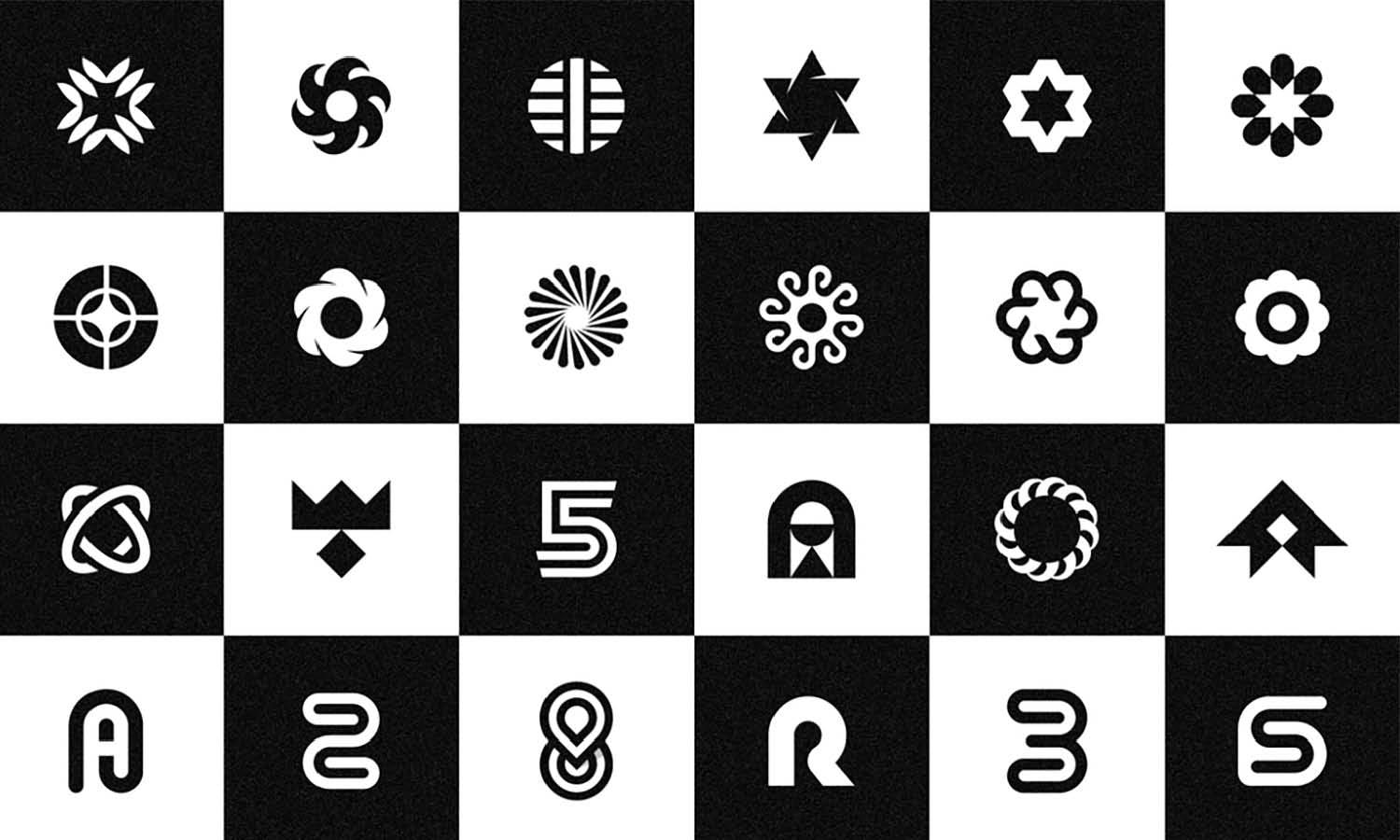
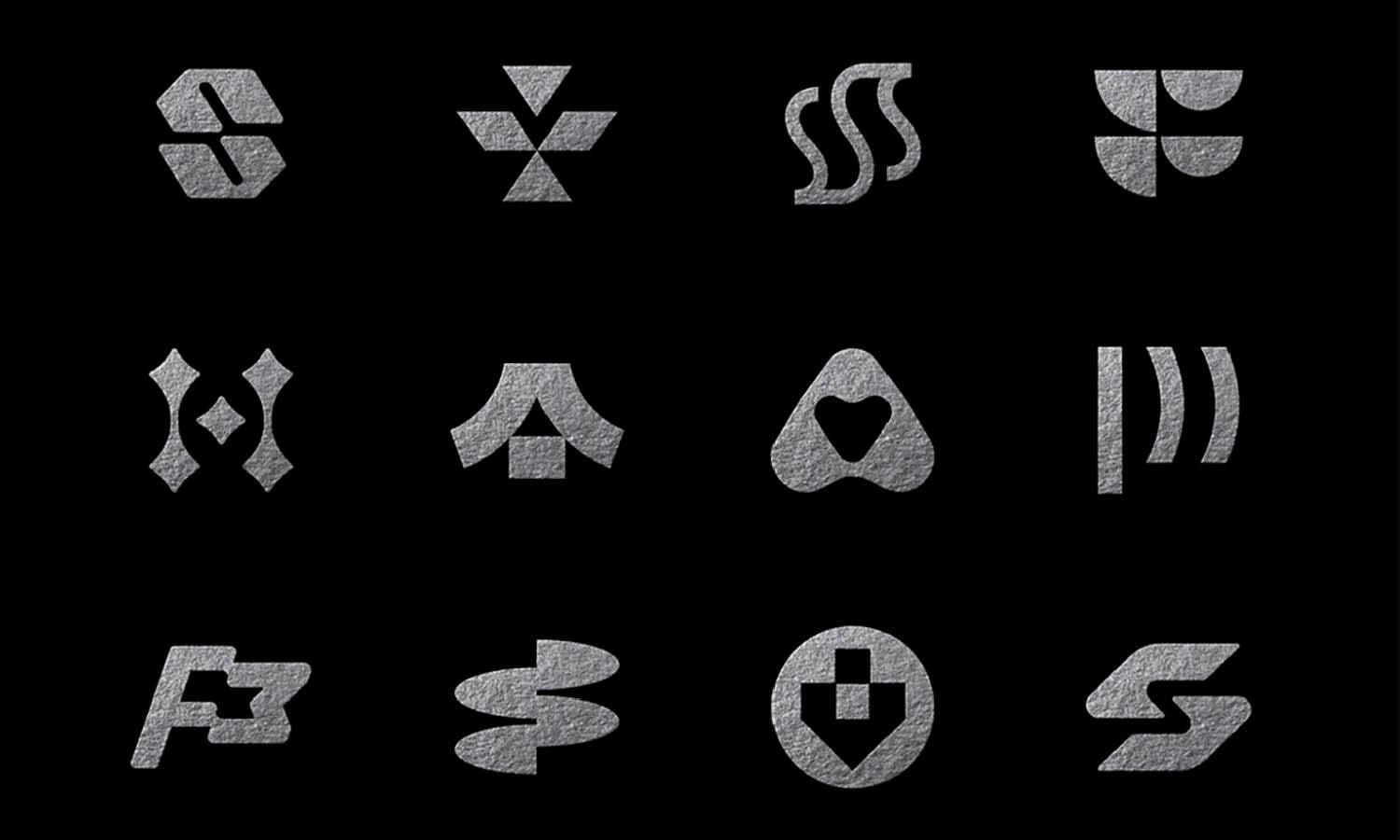


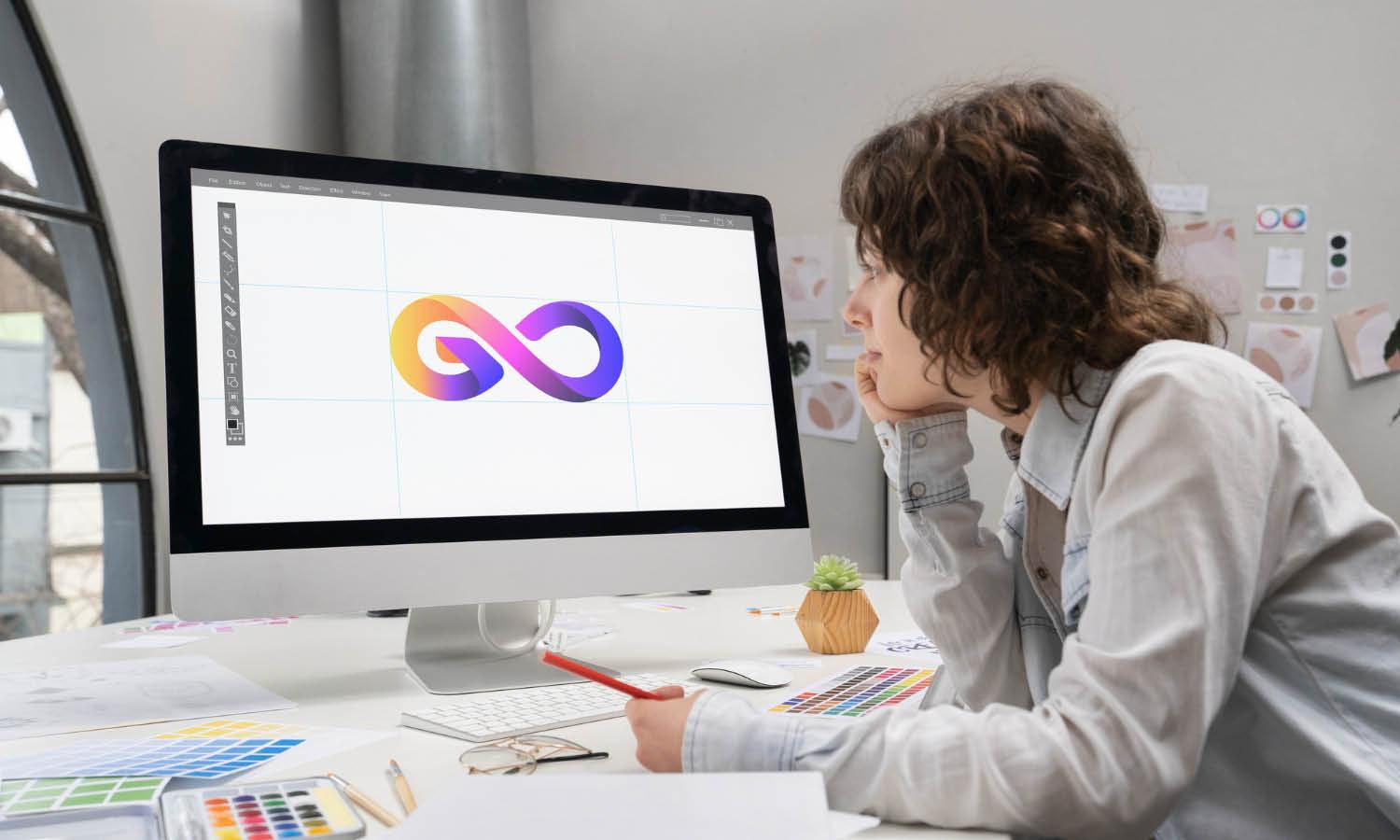
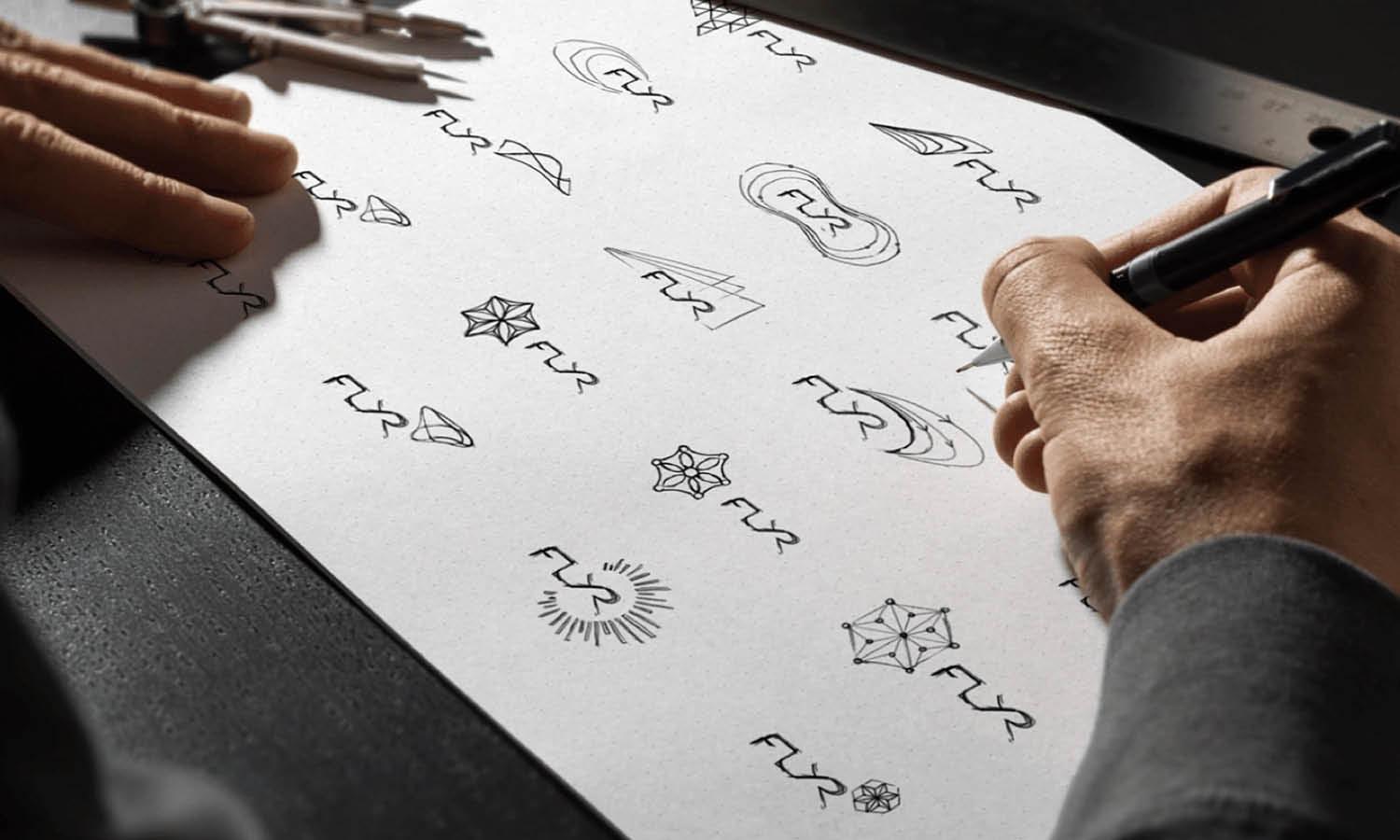
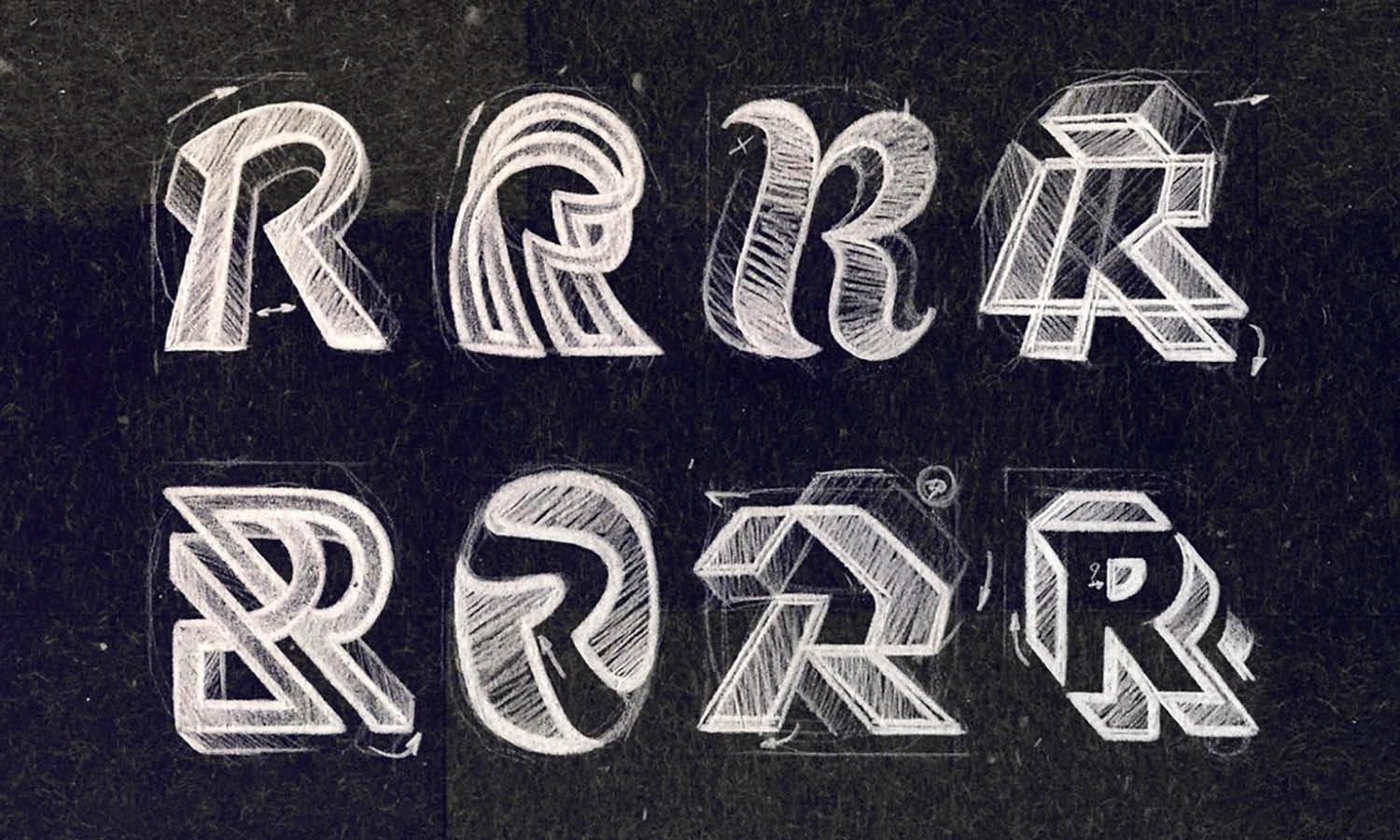
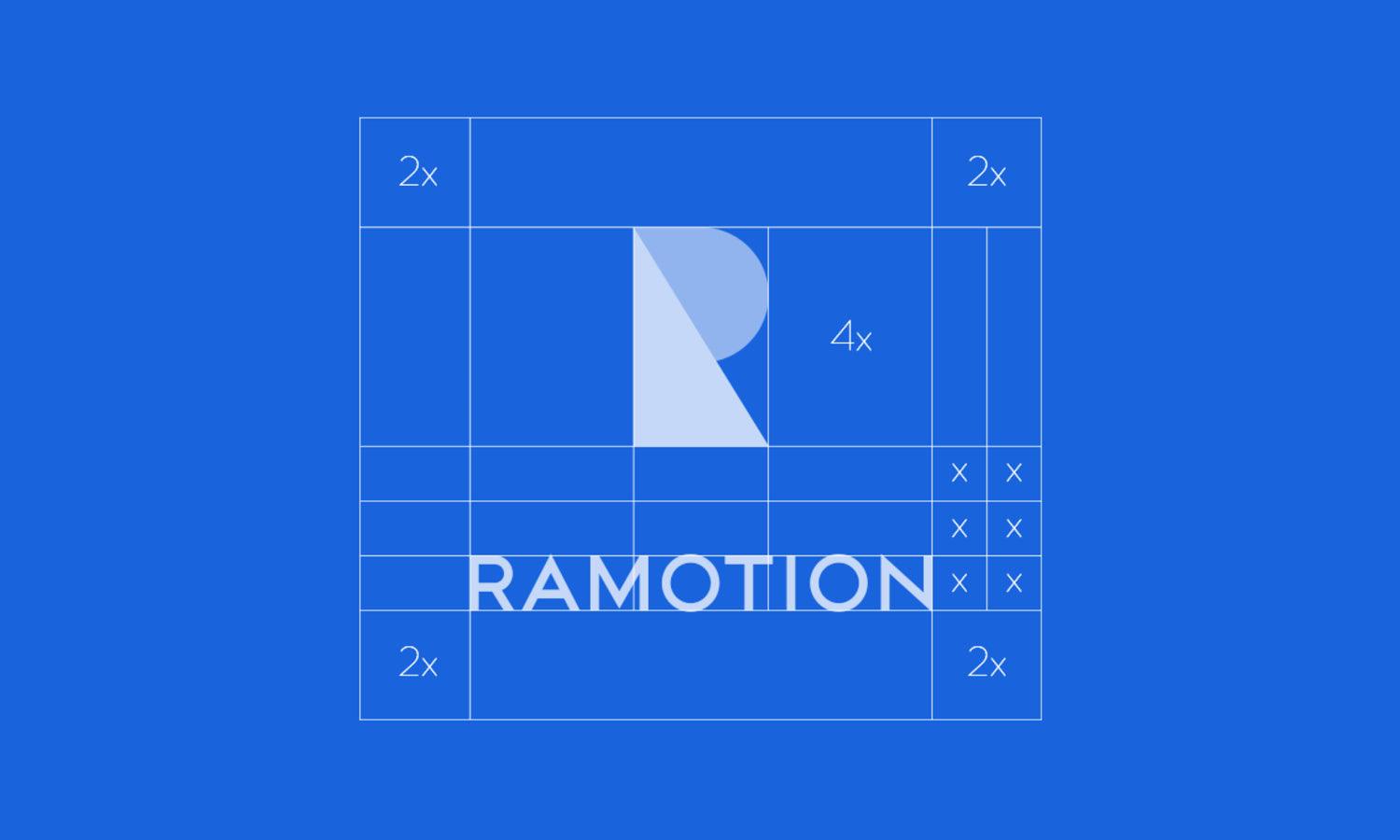







Leave a Comment